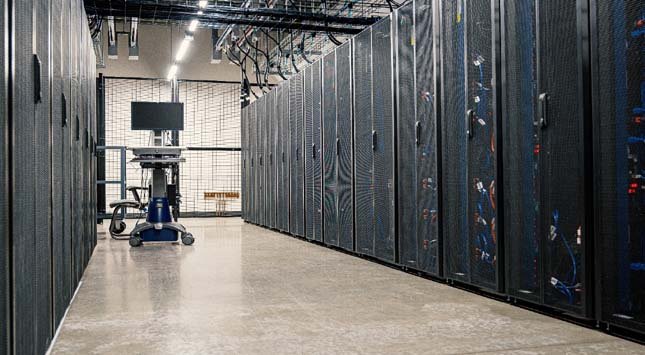A Database Management System (DBMS) is a type of system software. This system software is commonly used in the tech industry to define, create, and manage databases. Through the usage of a Database Management System, users can modify their data. They can upload data, update it, read it, or delete the data from the database.
This system software usually works as an interface between the database, application programs, and users. These systems play an active role in data access and retrieval for users. To dwell more in-depth into what type of database management structure provides is most appropriate for your business, we will study its types.
1. Hierarchical Database
IBM developed a database system structure in the early 1960s, which was the hierarchical database. In this type of structure, you can transport the data through a parent-child relationship node. But because of this structure, it is inflexible.
This hierarchical system has a design similar to that of a tree. Links attach each record like a parent-child relationship. Due to its hierarchical structure, each child record can have only one parent record, but each parent record can have multiple child records.
Importance: Due to the explicit links between records, you can easily retrieve all the data in this structure-any changes made in the parent records in this structure in the child record. The database structure is easy to enforce, which makes it relatively safe.
2. Relational Database
One of the most popular management structures among all databases is the relational database management system. It stores the data in the forms of tables using rows and columns. This structure makes it easier for the user and interface to locate and access data within the database. It is known as a relational database structure because all tables are related to each other.
Importance: Because data is organizing in the form of tables, rows, and columns, it is much easier to locate and understand. Logically related attributes play a huge factor in how the tables and files are stored. Management and retrieval of data are accessible due to the segmentation of all data. Security management and authorization matters are also easily implemented.
3. Network Database
A network database management structure can work for an extensive network of computers. It is somewhat similar to a hierarchical database. The only difference is that a single node can have a relationship with multiple entities in a network database structure.
The parent nods are known as occupiers, and the children nods are known as members. This system organizes data structure in many to many relationships. It is entirely interlinked and more like a cobweb.
Importance: There is a conceptual simplicity of the network database management system. This network model allows entry at any arbitrary point in the network, and the user can navigate in any way.
4. Object-Oriented Database
In the object-oriented database system, all data are objects. Objects interconnect to each other through a node as a part of a node relationship. It represents more extensive and complex objects. All classes of objects form a hierarchy. In this hierarchy, all the objects inherit properties from other objects that are higher in the hierarchy.
Importance: Such object designs have become very important in this day and age. The structure of this system is flexible and adaptable. The object-based designs combine the object-oriented and database management principles to form a new hybrid system. Such a hybrid system is more powerful than the standard relational database management system.
5. Nosql Database
The NoSQL (Non-relational or non-SQL) database system provides services like data storage and data recovery. They are non-tabular, and they store data in a different method than relational data. NoSQL allows users to save vast amounts of unstructured data, as there is a lot of room and flexibility.
This flexibility also allows users to iterate quickly and make changes through software stacks updated throughout the mode. You can also use NoSQL to distribute data across many servers and regions. It helps in making the applications resilient. Some NoSQL databases like MongoDB provide these capabilities to their users and many other advantages.
Importance: NoSQL, a database management system, can handle large volumes of data at an impressive speed. It can store structured, semi-structured, and even unstructured data. You can easily update as it is a developer-friendly structure.
6. Graph Database
Graph databases are further databases of the NoSQL system. A node in this structure represents a customer in a graphic database. The node hence is equivalent to record. The benefits graph structure has over other systems is the connection between nodes. Properties regularly update with the addition of additional nodes and data.
Importance: A graph database is reliable so that its performance stays constant even when the data grows. You can add any changes or updates to the additional structure that needs to be made and continue to function from thereon. It means that you can evolve your graph database application according to the changes in your business requirement. Query optimization in graph database takes care of matters related to the dynamic structure and interconnectivity of data.
Conclusion
Database structures are incredibly essential to run a business in this day as age. They are the systems responsible for handling such large amounts of data. The ability to add, update, modify, delete, and retrieve data from the database allows businesses to make quick and informed decisions.
The structures we have discussed above play a significant role in this process. Hence, they are essential for maintaining the overall integrity of a business.

